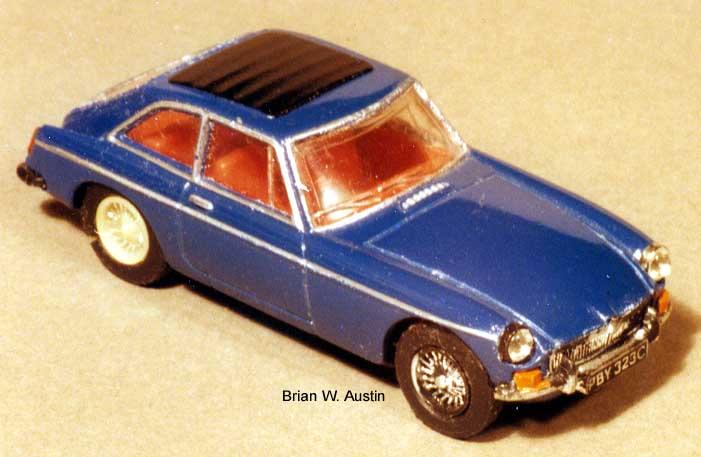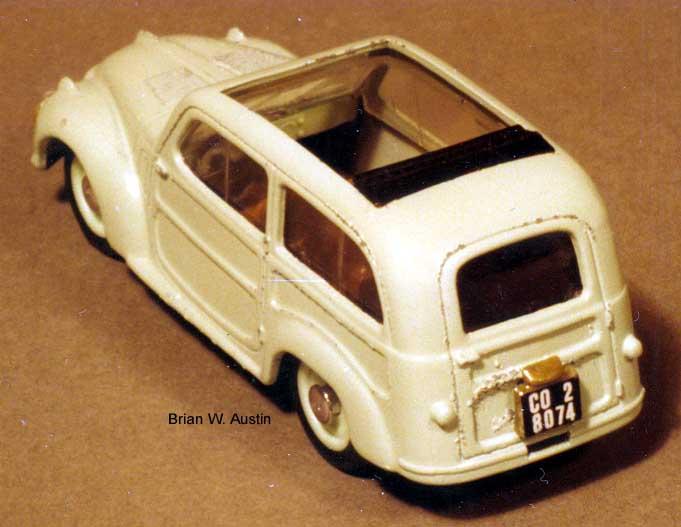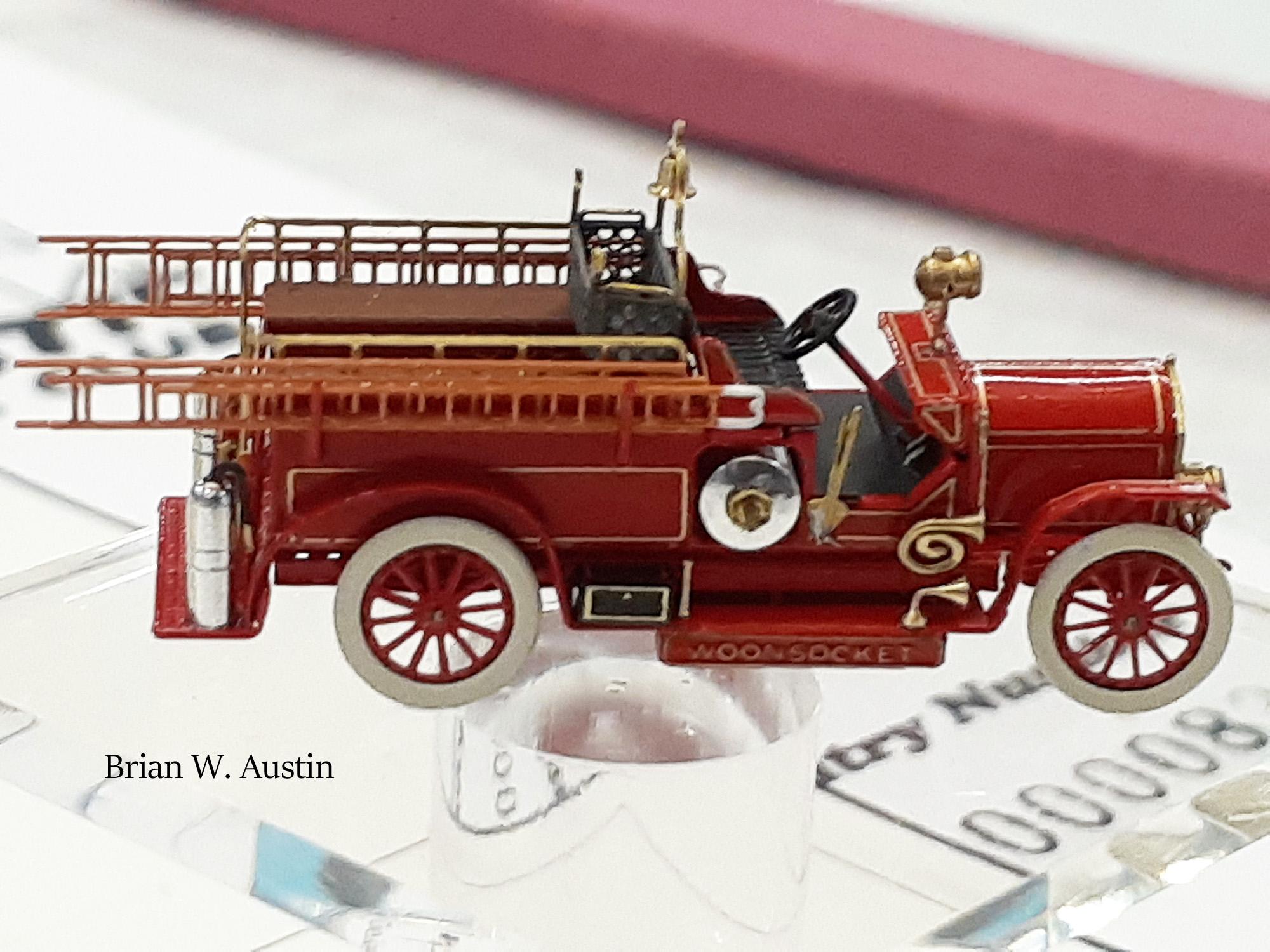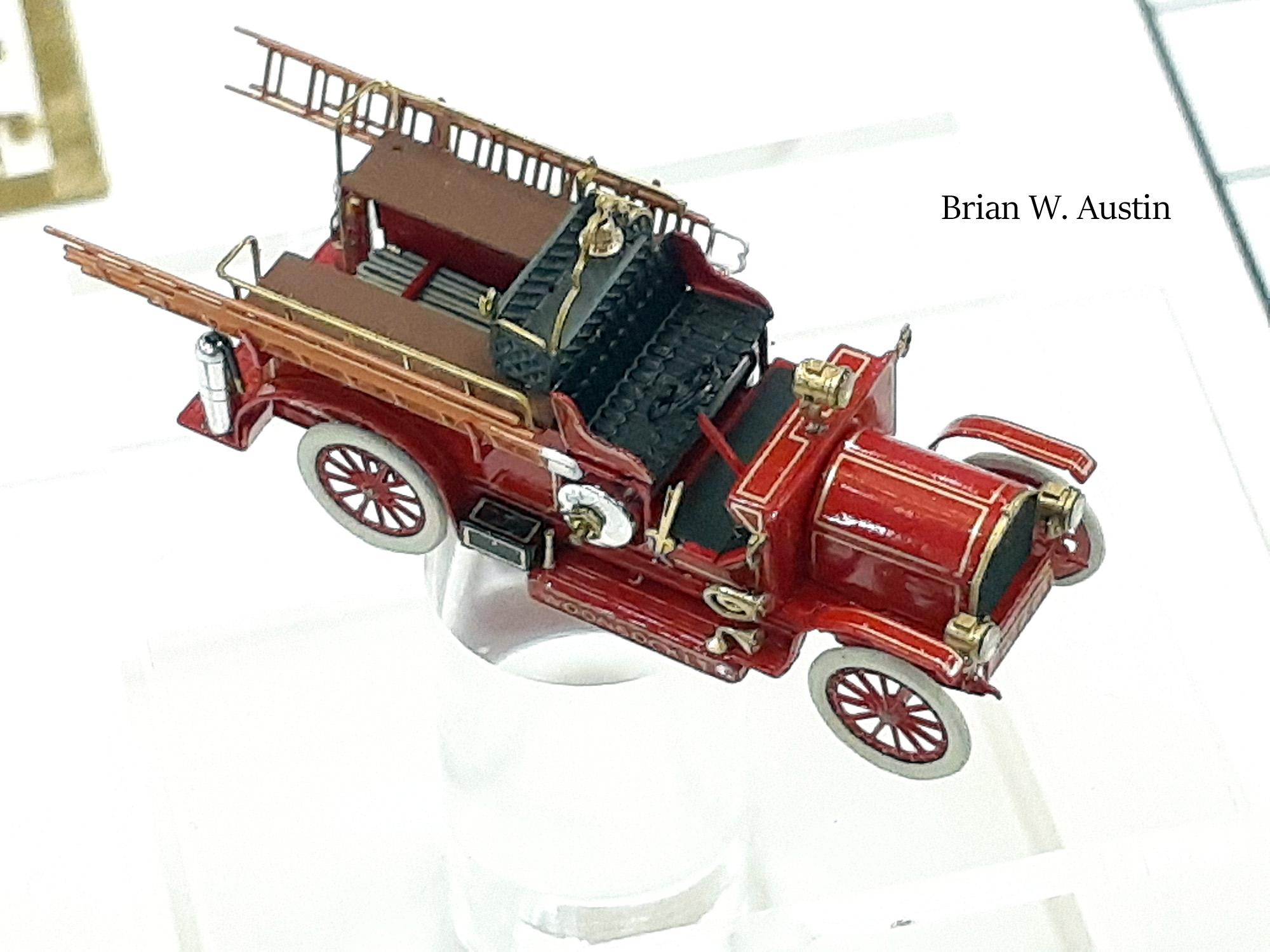
Brian Austin
Members-
Posts
1,692 -
Joined
-
Last visited
Content Type
Profiles
Forums
Events
Gallery
Everything posted by Brian Austin
-
R&R Resins had some interesting subjects, but the execution of the kits in my opinion were rather hit-or-miss.
-
I wouldn't term the Bi-Autogo as a mere motorbike. It happens to be a large two-wheeled automobile with small retractable wheels for balance. Driver sits in the middle of the cab with two side-by-side seats just behind. Power is V-8, and can get up to about 20MPH! Prototype completed in 1913. Apparently the builder never intended to put the design into commercial production. https://digitalcollections.detroitpubliclibrary.org/islandora/search/catch_all_fields_mt%3A(bi-autogo) OR catch_all_fields_et%3A(bi-autogo) https://www.google.com/books/edition/The_Automobile/ebvqyfXNpNUC?hl=en&gbpv=1&dq=bi-autogo&pg=PA390&printsec=frontcover
-
Many of these were tooled up as promos. The '50s Oldsmobiles were offered by Jo-Han into the X-El era, but those had plain chassis and no interior. Mid '50s Pontiacs were offered by Jo-Han (promo style), and AMT offered a '57 Bonneville convertible. I don't know much aout the AMT Bonneville, other than they turn up on eBay. Also, FWIW, Banthrico offered cast metal promotional banks in around 1:25 scale. These of course would have solid-cast windows, so no interiors, and no chassis detail, but their lineup included Lincolns and Cadillacs and others that were not done in plastic in this size.
-
A little bit of a rant
Brian Austin replied to Mr mopar's topic in Car Aftermarket / Resin / 3D Printed
I'd try running the PE sheet over the edge of a table, carefully back and forth in two different directions, like straightening curled paper or cardboard. Probably won't come out like new, but you might increase your area of workable material. -
How many were wrecked ?
Brian Austin replied to Greg Myers's topic in General Automotive Talk (Trucks and Cars)
To answer the original question, I'm not sure we'd find a meaningful number. How do we all define "wrecked"? Custom show cars routinely got rebuilt year after year. The Predicta is an example whose fame comes from its middle-era configuration. One can argue the Lincoln Futura was already wrecked by Ford, through neglect in its later years. It likely could well have been scrapped at some point had it not become the Batmobile. A number of driveable replicas have been built of both the Futura and Batmobile. -
Are there rubber O rings of the right size?
-
I inherited some old HO loco parts (boilers and tenders etc.) in the '80s that were already cracking and breaking. I also have some Lesney-era Matchbox cars with a bit of a sandy texture. So don't blame the Chinese for inventing zinc rot. :-) While I'm at it, here's a little warning relating to diecast corrosion: DO NOT use baking soda to represent snow in dioramas. I made that mistake and ruined a few 1:43 diecasts. The metal was severely pitted in areas, and chrome plating was also removed in spots. Both the chrome finish and the metal contain aluminum. My mother often warned of using baking soda with aluminum pans when baking. I found out what happens. :-(
-
Yup, Blackforce could use a big dorsal fin down the back.
-
AMT Retro Deluxe '53 Studebaker Customizing Kit
Brian Austin replied to FordRodnKustom's topic in Car Kit News & Reviews
FWIW, one guy used a '64 Dodge Dart top to build his. https://www.curbsideclassic.com/blog/rolling-classic-1953-studebaker-convertible-stunning/ -
What did you see on the road today?
Brian Austin replied to Harry P.'s topic in General Automotive Talk (Trucks and Cars)
-
What did you see on the road today?
Brian Austin replied to Harry P.'s topic in General Automotive Talk (Trucks and Cars)
OK, thanks Rob. The history was an interesting read. -
What did you see on the road today?
Brian Austin replied to Harry P.'s topic in General Automotive Talk (Trucks and Cars)
-
Idea for your Revell Land Rover
Brian Austin replied to Mike999's topic in General Automotive Talk (Trucks and Cars)
As if the Franklin Mint Airstream diecasts are easy to find cheap. :-) -
-
I think the problem was the use of unmodified doors for the front. To flow better new door skins would have to be fabricated that don't flare out. And then new side glass would have to be formed if the roof had been redesigned to flow in a graceful line.
-
Some 20 odd years ago I experimented with making some dished truck wheel centers in 1:35 scale using those wiggly eye lenses. Results were so-so, but it's something to consider and could be adapted to 1:25.
-
Taking pictures of your models
Brian Austin replied to Jairus's topic in Tips, Tricks, and Tutorials
I've been impressed with how well my phone camera can do closeups. These were taken at last year's Classic Plastic show. Knox fire truck is 1:160 scale.




20200824_185122copy.jpg.2bb82ca945448e141f5395d2693b9db9.jpg)
20200824_185125copy.jpg.8044df7a13ff9a2cd933385ac0fc1979.jpg)
20200824_185203copy.jpg.4ffff28627837b8f2656fd2ee2e3fdaa.jpg)
20200824_185213copy.jpg.79d3c0826e0ae9459fd5e02d498dd671.jpg)
20200824_184914copy.jpg.4e28bc211059e0e49bddf7b7eabdb8b6.jpg)
20200824_184931copy.jpg.e0a07cd4a5f32522e204528a283943d8.jpg)
20200824_185005copy_edited-1.jpg.66d035629f61f8f1dd0818a7f8e4b3c4.jpg)

